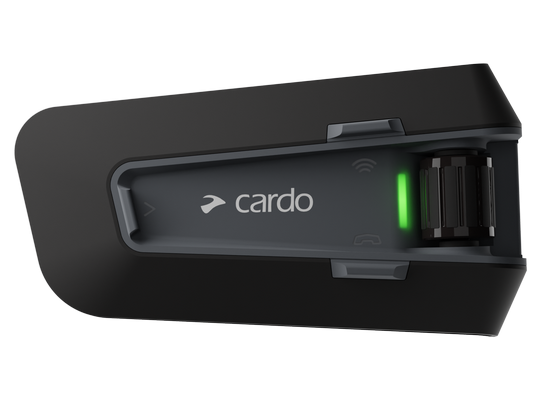Wearing a helmet greatly reduces your risk of injury when riding a motorcycle, but not all helmets are made equal. They come in different sizes and styles and some makes and models are considered safer than others. Riders often debate the benefits of modular vs. full-face helmets. Modular helmets leave more of your face exposed while full-face helmets wrap around your entire head to prevent scrapes and cuts. To be effective, the helmet also needs to be rated by a reputable traffic safety organization, or it may not hold up in the event of an accident.
Motorcycle helmets are tested and rated based on their impact resistance. But there’s more than one way to crash a motorcycle. Unlike passenger vehicle safety tests that use crash dummies to simulate various crash scenarios, motorcycle safety tests typically strike the helmets with anvils and then measure the force of the impact. Learn about the different motorcycle helmet ratings to make sure your equipment is up to the task at hand.
Types of Motorcycle Helmet Ratings
DOT FMVSS 218
The DOT sticker is found on most helmets sold in the U.S. It comes from the Department of Transportation even though the agency doesn’t approve motorcycle helmets. It shows that the manufacturer created the helmet according to the DOT official guidelines, but companies usually hire contractors to test the equipment on their behalf. Not every helmet is tested. The inspectors will select them at random to encourage the company to make sure all its products adhere to the same standards.
 Source: Nomad_Soul/Shutterstock.com
Source: Nomad_Soul/Shutterstock.com
ECE 22.06
The Economic Commission for Europe standard applies to virtually all helmets sold in Europe and is used in 50 countries. It isn’t as old as the DOT, but every helmet must be tested by an independent body using the anvil method before it can receive the ECE sticker. That should give you a little extra peace of mind when riding.
SNELL M2020
This standard comes from the SNELL Memorial Foundation, which was created in honor of Peter Snell, a race car driver who died while using a motorcycle helmet. The organization tests motorcycle safety equipment for effectiveness using some of the best standards in the industry. The certification is voluntary, and wearing a SNELL-approved helmet is often required when racing.
Pair Your Helmet with Motorcycle Helmet Communication
FIM
The global racing organization Federation Internationale De Motorcyclisme (FIM) was founded in 1904 and represents over 100 motorcycle federations. They recently introduced their own standard for racing safety equipment for helmets, airbags and more.
SHARP
The SHARP system was created by the British Government to improve road safety. It doesn’t approve motorcycle helmets for sale, but it rates European models using a star rating system.
The Importance of Wearing a Motorcycle Helmet
Regardless of which system you subscribe to, the helmet should also be comfortable to wear. Many adult models are one-size-fits-all, so you will need to use the adjustable strap to fit it around your chin. If the helmet slides around on your head or the strap doesn’t reach your chin, it is too large. If it pinches your head or limits your ability to see, try going up a size.
You can pair your helmet with a motorcycle helmet communication headset to further reduce your risk of injury. It automatically connects to your mobile device or the other riders in your group when you are in range, so you can talk hands-free, listen to music or listen to the directions on the GPS. The device clips onto the side of your helmet so all you have to do is say “Hey, Cardo” to start a conversation.
Use motorcycle helmet speakers that produce quality audio without completely eliminating traffic sounds to keep tabs on what’s going on around you. The volume will automatically adjust based on the surrounding noise level.
Enjoy a Premium Audio Experience with Motorcycle Helmet Speakers
These safety ratings are designed to help riders make informed decisions when choosing safety equipment. There’s no point in using a helmet that won’t protect your head in an accident. If the sticker is missing, you should either use a different helmet or research the make and model to see if it has been approved.










